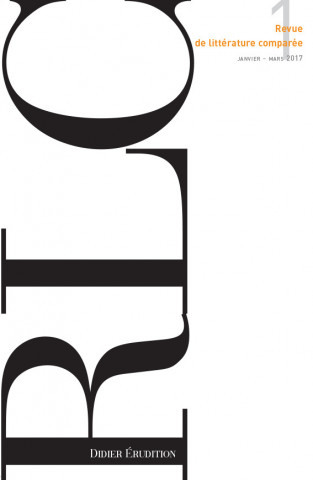
Kód: 18141012
Revue de Litterature Comparee - No1/2017
Autor Pierre Brunel
Ignacio RAMOS GAY, The Cervantine Myth on the Second Empire Stage: Victorien Sardou's Don Quichotte (1864) (in French), RLC XCI, no. 1, jan.-march 2017, p. 5-20. The aim of this paper is to analyze Victorien Sardou’s stage adaptat ... celý popis
- Jazyk:
 Francouzština
Francouzština - Vazba: Brožovaná
- Počet stran: 128
Nakladatelství: KLINCKSIECK, 2017
- Více informací o knize

Mohlo by se vám také líbit
-

Deadliest Religion
948 Kč -

Engineer Notebook Hardcover
657 Kč -

PLEASURE SLAVE M
1182 Kč -

Undead Unluck, Vol. 12
205 Kč -

We All Want Impossible Things
254 Kč
Darujte tuto knihu ještě dnes
- Objednejte knihu a zvolte Zaslat jako dárek.
- Obratem obdržíte darovací poukaz na knihu, který můžete ihned předat obdarovanému.
- Knihu zašleme na adresu obdarovaného, o nic se nestaráte.
Více informací o knize Revue de Litterature Comparee - No1/2017
Nákupem získáte 79 bodů
 Anotace knihy
Anotace knihy
Ignacio RAMOS GAY, The Cervantine Myth on the Second Empire Stage: Victorien Sardou's Don Quichotte (1864) (in French), RLC XCI, no. 1, jan.-march 2017, p. 5-20. The aim of this paper is to analyze Victorien Sardou’s stage adaptation of Cervantes’s classic, first performed at the Gymnase in Paris in June 25th 1864, under the title Don Quichotte. Pièce en trois actes et huit tableaux. I will first examine the rewriting of the original novel in the light of the structure of the vaudeville genre and, more specifically, of the well-made play [pièce bien faite], as consecrated by Sardou’s forerunner and master, Eugène Scribe. Secondly, I will argue that the play is the reflection of the perception of Spain shared by the Second French Empire’s bourgeoisie, as shown by the cultural stereotypes presented on the stage. As the play is determined by the aesthetics of Boulevard drama and mainly addressed to a bourgeois playgoer, I will conclude that Sardou’s play is less a transgeneric adaptation of the original novel than the result of the constrictions imposed by both the vaudeville genre and the theatrical topography that frame it, thus becoming an image of the Second Empire’s cultural products.Cécile ROUSSELET, Beneath the Branch of Sakura. The Reception of Haiku in Post-Soviet Russia (in French), RLC XCI, no. 1, jan.-march 2017, p. 21-36.The reception of haiku in post-soviet Russia generates a highly creative poetic production. These Russian texts inherit from an actualized modernism and a distanced intertextuality with its models—both Japanese haiku and its French and occidental interpretations from the early XXth century. Two specificities make these texts truly original. First, they are part of a culture of authenticity, a quest for an immutable "truth"—after decades of suffering from a totalitarian interpretation of freedom of speech. Then, they convey an utopic message that is based on an idyllic imaginary of Japan and is reinvested by defamiliarizing forms in order to convey proper post-soviet ambitions. Laurent BÉGHIN, The French Edition of the Journal Lettre Internationale (1984-1993) between Western and Central Europe (in French), RLC XCI, no. 1, jan.-march 2017, p. 37-50. Founded by Antonín Liehm, the Lettre internationale journal showed a remarkable curiosity for the cultures of Central Europe. The quarterly was influenced by the spirit of the times. Indeed the French mid-eighties were characterized by a renewed interest in this part of Europe. From the first to the last issue, the magazine published numerous articles by writers from Central Europe or Western experts skilled in this region. The various issues draw a decidedly positive image of the Central-European world. All this would have been impossible without the systematic use of translation and an extensive network of translators and mediators.Varja BALŽALORSKY ANTIĆ, The Flowers of Evil in Slovenia: a short overview of translations and influences (in French), RLC XCI, no. 1, jan.-march 2017, p. 51-64. The paper Flowers of Evil in Slovenia: a short overview of translations and influences deals with several aspects of the reception of Baudelaire’s book in Slovenian literary field. Different phases of the progressive discovery of Baudelaire by Slovenian readership are presented, addressing questions such as: which aspects of Fleurs du mal were first discovered by Slovenian readers and poets—the side of spleen or the side of ideal—; which elements of the hybridity of symbolism, decadence and naturalism of Baudelaire’s poetics shaped the idea that the Slovenian readership could gain from Slovenian translations; which of these elements first influenced the poetics of Slovenian poets and when; in what way the first complete translation of the book in 2004 contributed to the overall picture of Baudelaire? Finally, the conclusions drawn from a case study of four translations of Harmonie du soir in different periods of 20th century help us to shed light on some problems of translating the alexandrine in Slovenian accentual-syllabic verse system.Justyna GAMBERT, A personalist meditation in pictures : a few convergences between Levinas’ thinking and Dostoevsky’s work (in French), RLC XCI, no. 1, jan.-march 2017, p. 65-84. Our article attempts to highlight a few intertextual and philosophical similarities between Levinas’ personalist approach and Dostoevsky’s novels and journalistic work. We will then show how Dostoevsky’s critique of the idealist ontology that has dominated the western philosophy from Descartes to Hegel anticipates Levinas’ conclusions. We will then look into the existential progressions of the author’s protagonists in his last novels to show they are an exemplary embodiment of the values advocated by Levinas’ philosophy of the Other.
 Parametry knihy
Parametry knihy
Zařazení knihy Knihy ve francouzštině SCIENCES HUMAINES ET SOCIALES, LETTRES
794 Kč
- Plný název: Revue de Litterature Comparee - No1/2017
- Autor: Pierre Brunel
- Jazyk:
 Francouzština
Francouzština - Vazba: Brožovaná
- Počet stran: 128
- EAN: 9782252040645
- ISBN: 2252040645
- ID: 18141012
- Nakladatelství: KLINCKSIECK
- Hmotnost: 549 g
- Rozměry: 230 × 150 × 7 mm
- Datum vydání: 17. March 2017
Oblíbené z jiného soudku
-

Dictionnaire des verbes du français actuel
647 Kč -
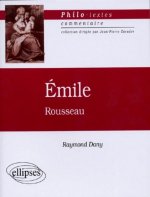
Rousseau, Émile
245 Kč -
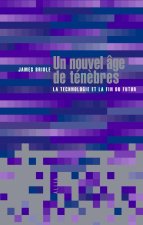
Un nouvel âge de ténèbres
529 Kč -
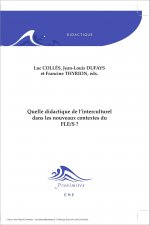
Quelle didactique de l'interculturel dans les nouveaux contextes du FLE/S ?
534 Kč -
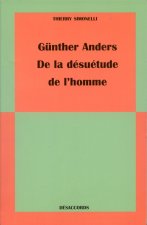
Günther Anders, de la désuétude de l'homme
390 Kč -
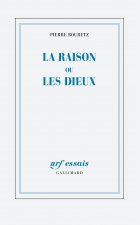
La raison ou les dieux
938 Kč -

PENSER LA CULTURE AUTREMENT (FLE)
760 Kč -

Économie libidinale
851 Kč -
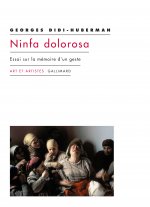
Ninfa dolorosa
910 Kč -
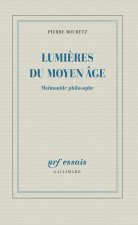
Lumières du Moyen Âge
1053 Kč -

TECHOUVA
646 Kč -

Ninfa fluida
750 Kč -

Ninfa profunda
620 Kč -
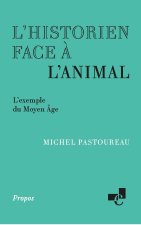
L'HISTORIEN FACE A L'ANIMAL. L'EXEMPLE DU MOYEN AGE
376 Kč -
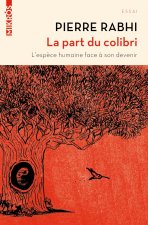
LA PART DU COLIBRI
269 Kč -

Societe Feodale (La)
460 Kč -

Lire le théâtre I
615 Kč -

La saga des intellectuels francais 2
910 Kč -

La saga des intellectuels francais 1
910 Kč -

Les structures anthropologiques de l'imaginaire - 12e éd.
1107 Kč -

Former les professeurs de langues a l'interculturel
822 Kč -
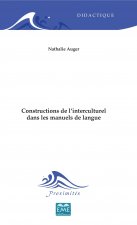
Constructions de l'interculturel dans les manuels de langue
851 Kč -
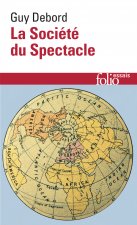
La Société du Spectacle
297 Kč -

L'anti oedipe capitalisme et schizophrénie 1
866 Kč -

MATRI DARSHAN, UN ALBUM DE PHOTOS DE SHRI ANANDAMAYI MA
794 Kč -

Le Charme discret de l'intestin
476 Kč -

Grammaire française de A à Z
721 Kč -
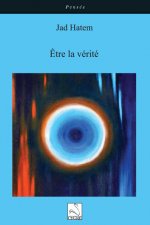
Etre la vérité
447 Kč -

Gary, La vie devant soi
317 Kč -

2023. BIBLIOTHEQUES, OBJETS POLITIQUES
712 Kč -

Critique de la déraison pure - La faillite intellectuelle
773 Kč -

Indignez-vous!
187 Kč -

Grammaire du sens et de l'expression
1840 Kč -

La Psychanalyse
235 Kč -
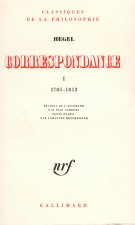
Correspondance
374 Kč -

Idealisme moral et realisme politique
253 Kč -

Permaculture - Principes et pistes d'action pour un mode de
452 Kč -
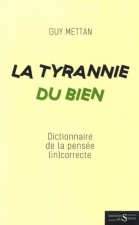
La Tyrannie du Bien - Dictionnaire de la pensée (in)correcte
681 Kč -

Le manuel du Borderline
794 Kč -

Astrologie et vie affective
761 Kč -

Astrologie médicale et thérapies énergétiques
761 Kč -

Vercingétorix
765 Kč -
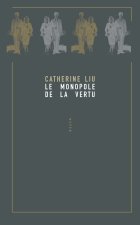
Le Monopole de la vertu
437 Kč -

Agir pour l'égalité - questions de genre en bibliothèque
742 Kč -

Miroir du nihilisme
534 Kč -
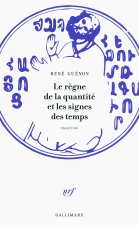
Le règne de la quantité et les signes des temps
679 Kč -

LINGUISTIQUE ROMANE. COURS D'INTRODUCTION
650 Kč -
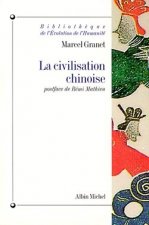
Civilisation Chinoise (La)
739 Kč -

Aion
827 Kč
Osobní odběr Praha, Brno a 12903 dalších
Copyright ©2008-24 nejlevnejsi-knihy.cz Všechna práva vyhrazenaSoukromíCookies



 Vrácení do měsíce
Vrácení do měsíce 571 999 099 (8-15.30h)
571 999 099 (8-15.30h)